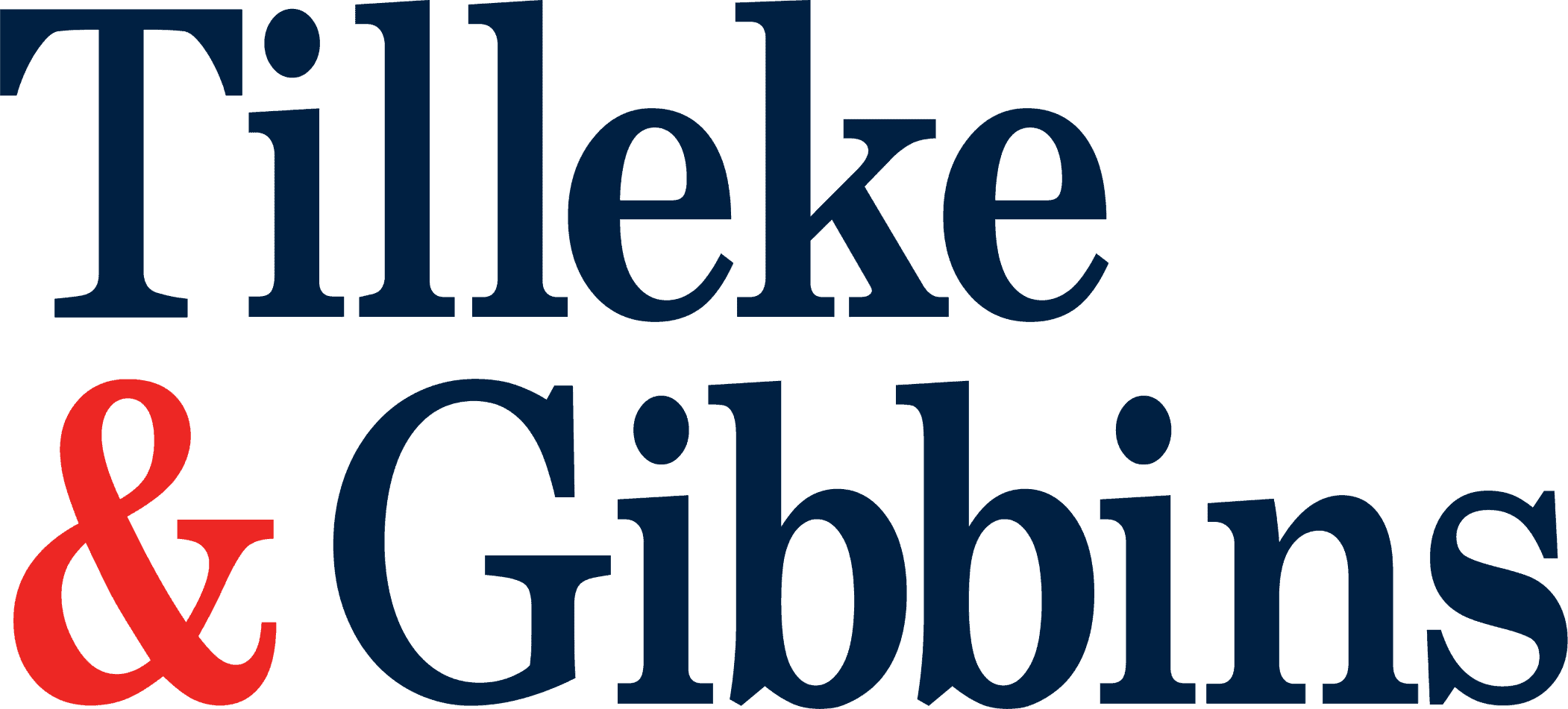
While it is expected that the AEC harmonization will significantly boost the region’s economy and attract greater foreign investment, the harmonization will also undoubtedly present a host of challenges for the ASEAN nations to address. Among the key challenges posed by integration, ASEAN member states will need to implement an effective system for the protection and enforcement of intellectual property within the AEC.
Although the development of intellectual property laws and enforcement mechanisms differ from one member state to another, ASEAN recognizes the importance of effective IP policy, which must be consistently implemented in all member states.
Therefore, ASEAN adopted the Intellectual Property Rights Action Plan (IPR Action Plan), which provides a framework for establishing effective IP policy in the region.
The first phase of the IPR Action Plan (from 2004 to 2010) was aimed at: (1) helping to accelerate the pace and scope of IP creation and commercialization, both inside and outside ASEAN; (2) developing and harmonizing IPR registration and protection and setting up an enforcement framework of policies and institutions in the region; and (3) promoting greater public awareness and building up human resources and institutions relating to IP and IPRs within ASEAN.
The second phase of the IPR Action Plan (from 2011 to 2015) builds on the completion of the first IPR Action Plan (2004–2010), and further takes into account the differing capacities of the member states. It is aimed at transforming ASEAN into an innovative and competitive region through the use of IP. Five strategic goals were identified in the second IPR Action Plan (2011–2015):
- A balanced IP system that takes into account the varying levels of development of member states, and the differences in the institutional capacity of national IP Offices, to enable them to deliver timely, quality, and accessible IP services and to promote the region as being conducive to the needs of users and generators of IP.
- Development of national or regional legal and policy infrastructures that address the evolving demands of the IP landscape and facilitate the participation of ASEAN member states in global IP systems at the appropriate time.
- Advancement of the interests of the region through the systematic promotion of IP creation, awareness, and utilization, to ensure that IP becomes a tool for innovation and development; support for the transfer of technology to promote access to knowledge; and consideration for the preservation and protection of indigenous products and services, and the works of their creative people in the region.
- Active regional participation in the international IP community, with closer relationships with dialogue partners and institutions to develop the capacity of member states and to address the needs of stakeholders in the region.
- Intensified cooperation among ASEAN member states, and increased levels of collaboration among them, to enhance the human and institutional capacity of IP Offices in the region.
In light of this, significant improvements can be expected in the IP field within the next few years. For each type of IP, the AEC harmonization may have several implications in regard to protection, utilization, and enforcement of an IP asset. In particular, the implications in regard to trademarks, patents, and copyrights would likely have the largest impact on businesses in the region. Each of these is discussed in detail below.
Trademark
At present, there is great regional disparity among ASEAN members with regard to trademark protection and enforcement. While every ASEAN nation provides some form of trademark protection, Myanmar, for example, does not have a formal trademark act. On the contrary, Thailand has a well-developed trademark law, and a national trademark office that regulates and oversees trademark registration.
Furthermore, disparity also exists in terms of trademark enforcement mechanisms and court procedures, which vary from one country to another. In view of the AEC harmonization, this disparity will have to be dealt with effectively, in order to ensure uniformity within the region, which needs to operate as a single market and production base.
The AEC harmonization plan for trademarks will be based primarily on the Protocol Relating to the Madrid Agreement Concerning the International Registration of Marks, or the “Madrid Protocol,” which is an existing system for the international registration of trademarks. Unlike the EU model, ASEAN’s integration plan for trademarks does not include a Community Trademark (CTM) scheme, which is currently employed by the EU. The AEC will take advantage of the Madrid Protocol, which provides a cost-effective and efficient means for trademark owners to obtain protection for their marks in multiple countries, through the filing of one application with a single trademark office, in one language, and with one set of fees. The Madrid Protocol also simplifies the subsequent maintenance of trademark registrations in the designated countries.
According to the IPR Action Plan, ASEAN members are required to accede to the Madrid Protocol by 2015. At present, only Singapore and Vietnam are members of the Madrid Protocol. Thailand has been working toward accession for several years, and is expected to join by 2015. Thus, when the AEC is fully established, companies will be able to enjoy the benefits of the Madrid Protocol, thus enabling them to manage their marks more effectively throughout the region.
In addition to accession to the Madrid Protocol, the AEC also aims to expedite the trademark registration process in its member states, build up capacity and raise awareness in regard to trademarks, suppress the movement of counterfeit goods, and enhance cooperation against counterfeits. Enforcement procedures and mechanisms will likely be improved across the region, thereby enabling trademark owners to protect their marks more effectively.
Patent
Importantly, the AEC envisions that all countries will become members of the Patent Cooperation Treaty (PCT) by 2015. Currently, Brunei Darussalam, Cambodia, Laos, and Myanmar are not yet members. Member states are charged with the responsibility to issue appropriate guidelines for PCT implementation in their country, and to amend any relevant legislation. The use of the PCT by stakeholders is to be encouraged by the member states.
One key facet of the AEC harmonization is widespread implementation of the ASEAN Patent Search and Examination Cooperation (ASPEC) system. It is hoped that the system will be fully operational by 2012, and will be used for 5% of all patent applications by 2012. Other plans include the establishment of a regional network of at least 20 regional patent libraries to increase access to global scientific and technology information.
In regard to design patents, the AEC sets forth an ambitious goal whereby seven member states are to accede to the Hague Agreement Concerning the International Registration of Industrial Designs by 2015. So far, among member states, only Singapore is a member. Each country is to develop a road map for accession, and amend or issue new legislation as needed to implement this convention.
Other goals of the AEC relate to capacity building for the patent offices of member states. In this regard, under the umbrella of the AEC program, various training programs in law and procedures for patent examiners will be implemented, with emphasis being placed on following the procedures of the highly efficient patent offices in the region. One highlight of this initiative is an exchange programme for patent examiners among patent offices. Specific trainings on design patent issues are also prescribed under the AEC. In regard to plant variety protection, Singapore and Vietnam, which have adopted the International Union for the Protection of New Varieties of Plants (UPOV), are expected to share their experience to help other member states bring their plant variety protection regimes up to international standards.
Copyright
The AEC prescribes that member states will undertake studies on the contributions to the economy of copyright industries and toward economic development. The results are to be shared, with the goal of more effective use of copyright by the members. In this regard, best practices regarding copyright and recordation will be shared among members. Thailand is taking the lead under the AEC in sharing information on how to build and operate collecting societies for effective use of copyright. Initiatives on building linkages between collecting societies in various countries will be launched under the AEC, with the goal of achieving regional cooperation on copyright.
In a humanitarian step, the AEC dictates that each member state’s copyright laws should contain special exceptions for impaired or disabled persons, and urges members to take a collective stand on this point.
Conclusion
The AEC sets forth a broad, well-conceived framework for regional cooperation in many areas of intellectual property. The framework goals, if met, will not only improve regional cooperation, but will reach harmonization on some legal facets of intellectual property and will help to bring many IP regimes up to best practice international standards. This will allow stakeholders in the member states to better capitalize on their untapped intellectual property assets.


